Six top benefits of performing ASC case costing
Case costing is an essential process for ambulatory surgery centers (ASCs). It is the way an ASC calculates the direct and indirect costs of a surgical procedure. While case costing can be a lengthy process (although one that can be expedited using ASC technology), there are numerous reasons why the time spent on case costing is generally considered time well spent.
Expert Guidance on ASC Case Costing
Here are six of the top benefits of performing ASC case costing.
1. Increases the accuracy of budget forecasting
Case costing allows an ASC to properly forecast its budget by breaking down costs in greater detail. Years ago, when case costing was more a vague concept and budgets were based off much more generalized numbers, achieving such forecasting was essentially impossible. ASC case costing of today, powered by technology, helps paint a budget in a much more realistic light and provides a cleaner look at surgery center's expenses on an ongoing basis.
2. Contributes to understanding profit margin
A better understanding of an ASC's profit margin can also be accomplished with case costing. Surgery center administrators and managers know the importance of their ASC's profit margin is greater than it might be if they were working in a hospital. With most centers getting paid on a flat-fee reimbursement model, the materials and resources used during a procedure generally do not impact payment. An ASC will receive the reimbursement amount agreed to in its contract for said procedure.
This understanding should prompt important questions: What does it cost to do business at our ambulatory surgery center? What is being paid by the insurers and by the patients? With ASC case costing, you can gain greater insight into profit and loss on a case-by-case basis versus seeing a blanket statement from your accounting firm.
3. Strengthens negotiating payer contracts or patient payment programs
If you are not performing proper case costing at your ASC, it can be difficult to see what eventual impact any changes to payer contracts will have on the profitability of cases and your business as a whole. Achieving such visibility will better enable you to discuss reimbursement adjustments with payers — conversations that can be better supported by data rather than anecdotes.
Some might argue that ASC case costing is more important than ever when setting up patient payment programs due to the current financial environment that's seeing more patients needing self-paced payment plans. When you understand what it costs to perform each case and can assign it a detailed dollar amount, you are able to set forth realistic expectations and know the minimum amount needed for reimbursement to at least cover the cost of the procedure and generate profit.
4. ASC case costing keeps the focus on costs
When you implement case costing at your ambulatory surgery center, you may find that clinical staff members develop a heightened sense of awareness around the cost of surgical supplies. Making material costs well known and advertised internally, such as by adding them to preference cards, encourages a more considerate decision-making process in terms of what is necessary to open and use during the surgical procedure to best ensure optimal outcomes and minimize waste.
5. Can prompt competition between ASC supply and device vendors
When you can break down the costs of each of your procedures and clearly distinguish the difference between two different vendors selling the same or very similar supplies and devices, it can promote competition among your vendors. If you can evidently point out that you lose money or don't make as much money on a case when purchasing supplies from one vendor compared to purchasing those like supplies from another vendor, this can give you the leverage needed to better negotiate better prices.
6. Possibility to change ASC physician behavior
It can prove difficult to change physicians' minds concerning using certain supplies and devices. These "physician preference" items are, after all, what they "prefer." With case costing, you can demonstrate how supply costs impact your surgery center's bottom line and the amount of profit generated by procedures. ASC case costing is a fantastic tool that allows you to show your physicians how much power they have over controlling the costs of your center and, if they are owners, how much they can take home in distributions.
Additional Insight on ASC Case Costing
Looking for more information and guidance on ASC case costing? Check out this popular blog post! It discusses two top areas ASCs may way to focus on first when conducting case costing.




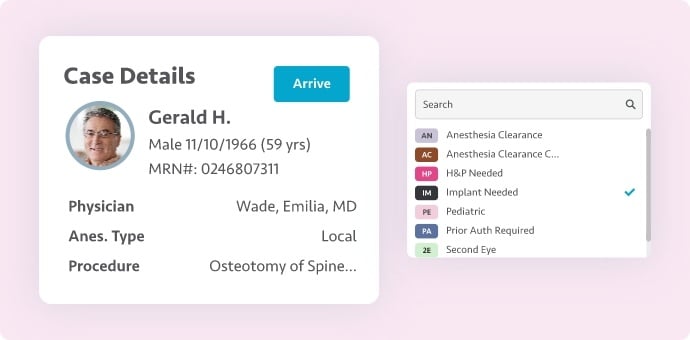
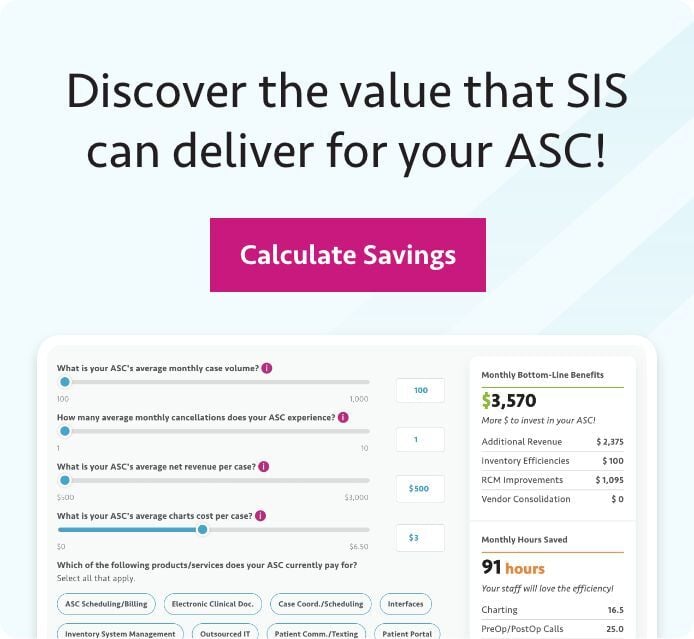

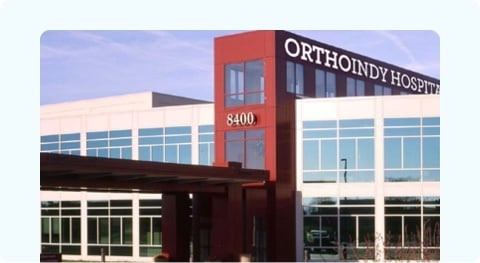
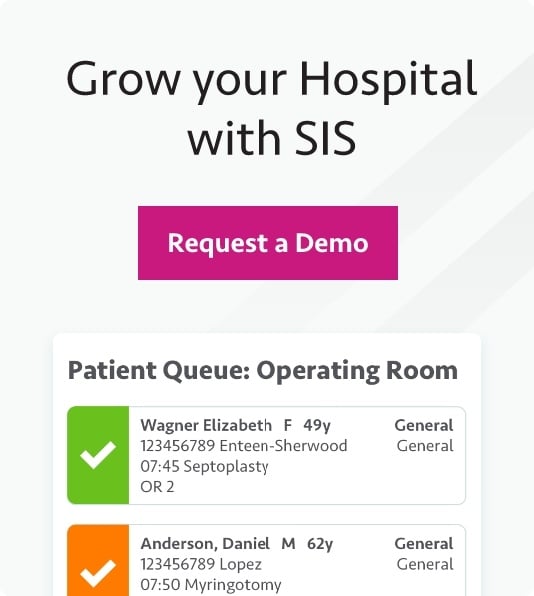






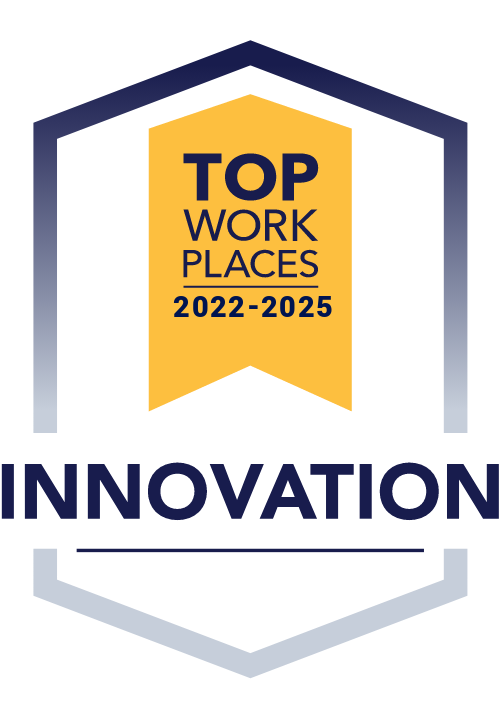


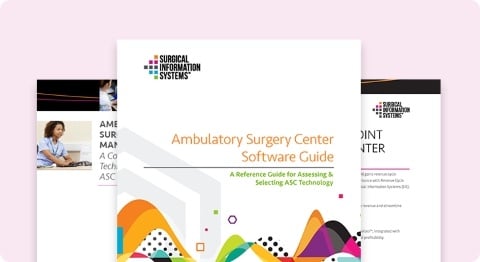




.jpg?width=65&name=Daren%20Smith%20(3).jpg)


.png?resize&width=300&name=CMS%20Final%20Rule%202026%20-%20Blog%20Image%20(1).png)
